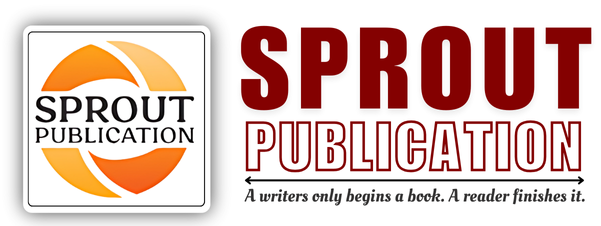Chapter 19: Fluoro Immunoassays
Chapter 19: Fluoro Immunoassays
Author: Mrs. Kiran Shukla
Volume: 01
First Online: 31 August 2024
Pages: 314-318
DOI:
Abstract
Fluoro immunoassays (FIAs) are advanced analytical techniques that utilize fluorescent labels to detect and quantify specific antigens or antibodies in a sample. The principle of FIAs is based on the use of fluorophores, which are fluorescent molecules that emit light upon excitation by a specific wavelength. During the assay, a fluorescent-labeled antibody or antigen binds to the target molecule, and the resulting fluorescence signal is measured. The procedure involves immobilizing the capture antibody on a solid surface, adding the sample containing the target antigen, and then introducing a detection antibody conjugated with a fluorescent label. After washing away unbound components, the bound fluorescent complexes are excited with a specific wavelength of light, and the emitted fluorescence is measured using a fluorometer or fluorescence microscope. Figures of FIAs typically illustrate the steps involved, including antigen capture, fluorescent labeling, and signal detection. The main advantage of FIAs is their high sensitivity and specificity, as well as their ability to provide rapid and quantitative results. Additionally, FIAs can be multiplexed, allowing for the simultaneous detection of multiple targets in a single assay. FIAs are widely used in clinical diagnostics for detecting infectious diseases, monitoring hormone levels, and identifying cancer biomarkers. They are also valuable in pharmaceutical research for drug discovery and development, as well as in environmental testing to detect pollutants and contaminants. The combination of high sensitivity, specificity, and multiplexing capability makes FIAs a powerful tool in various scientific and clinical applications.
Keywords: Fluoro Immunoassays (FIAs), Analytical techniques, fluorescent labels, Antigen detection, Antibody detection, Fluorophores

